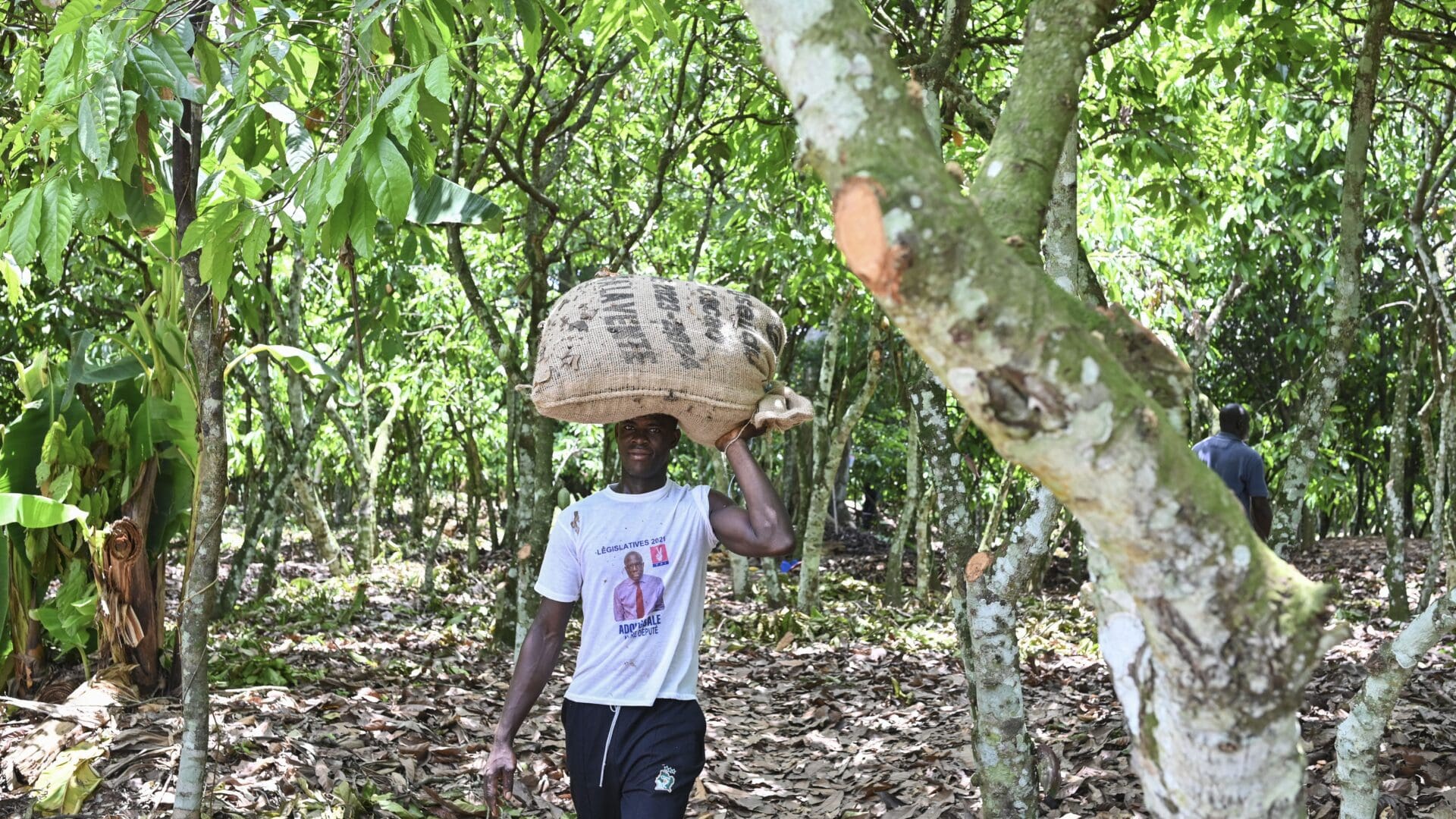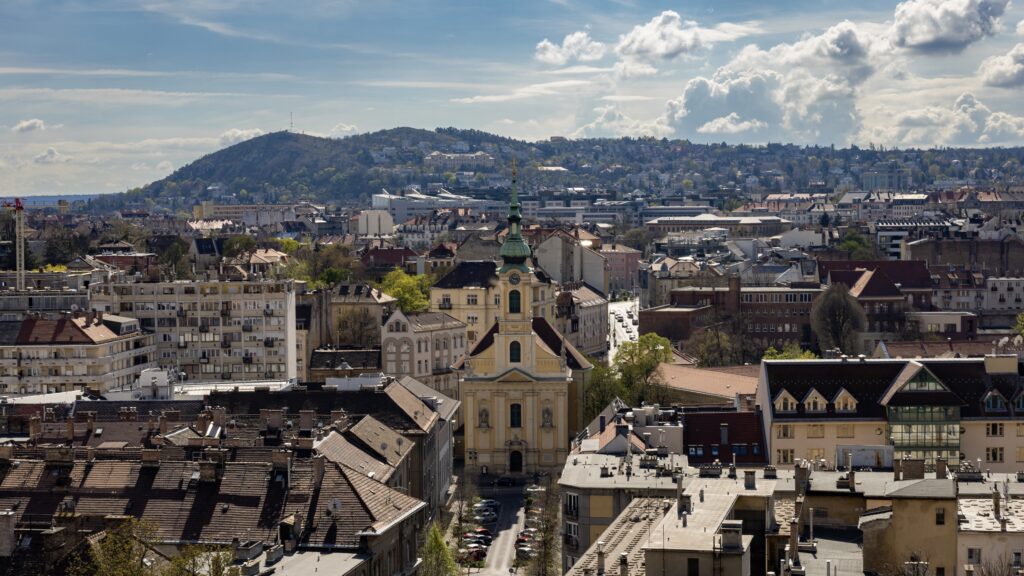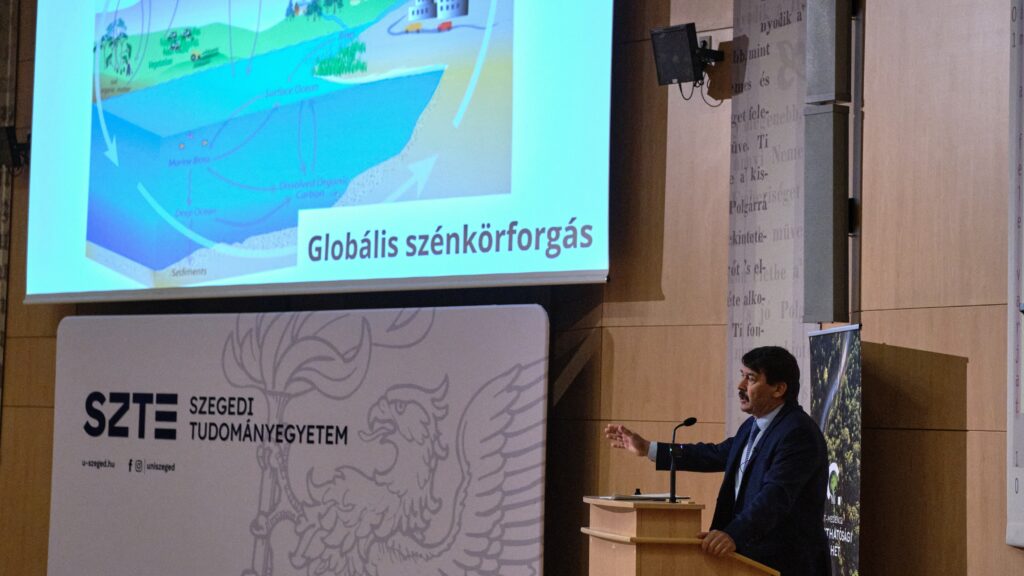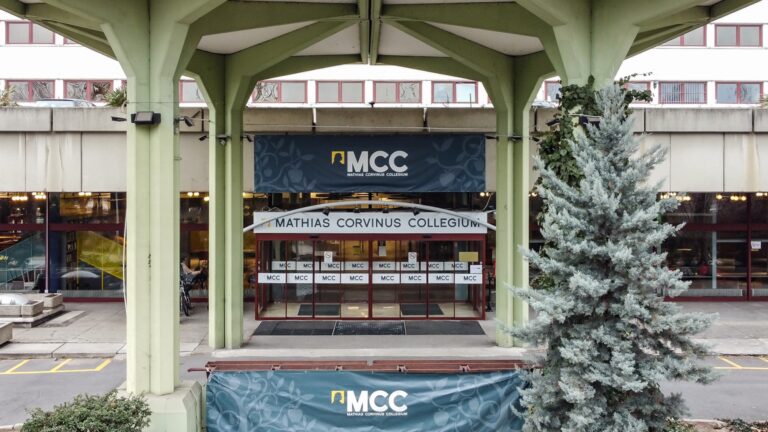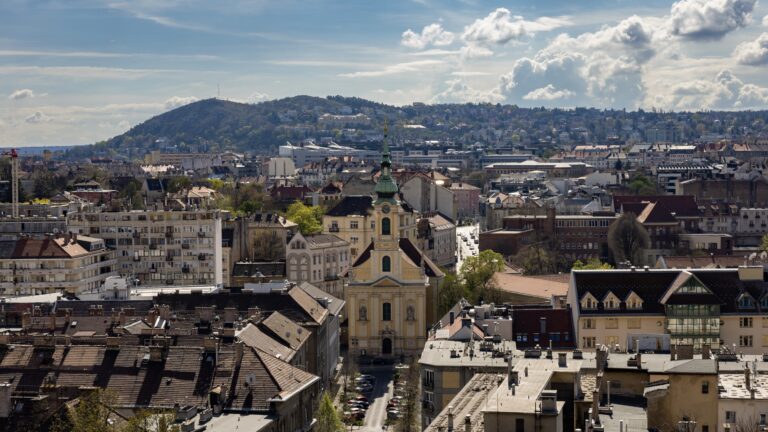As families across the West gathered together for Easter, celebrating the resurrection of Christ and the end of the Lenten fast, a shadow loomed over one of the holiday’s sweetest traditions. Chocolate, that much-beloved symbol of indulgence and comfort, is now painfully expensive, with the price of cocoa trading above $10,000 a ton. In other words, the stuff used to make chocolate is now more valuable than copper and other key minerals. Industry experts hint that this rise is set to continue, meaning that chocolate producers will pass down costs to consumers. People around the world are left facing an uncomfortable prospect: the era of affordable chocolate may be coming to an end.
This potential scarcity of affordable chocolate is, curiously, reflective of the precarious situation leaders face today; it is a multifaceted issue that touches on climate change, geopolitics, and the economic principles of investment and return. The story of how we arrived at this juncture is as complex as it is compelling, painting a picture of a world where the very sweetness of life, as we know it, hangs in the balance.
To begin, we must look to the fields where the humble cacao tree grows. These trees, the very foundation of all chocolate products, are finicky things, thriving only in specific conditions found in a narrow band around the Equator. This delicate balance is being upended by climate change. Rising temperatures and shifting precipitation patterns are wreaking havoc on cacao cultivation, with studies predicting significant declines in suitable cacao cultivation areas by 2050. The impact of these changes is not merely theoretical; they are already being felt by farmers struggling to cope with the increased frequency of droughts and the proliferation of diseases and pests that thrive in warmer conditions.
But climate change is only one piece of the puzzle.
The geopolitics of cacao production adds another layer of complexity. Though cacao trees originally came from Latin America, in the present day more than 60 percent of the world’s cacao is produced in just two countries: Ivory Coast and Ghana. This concentration of production in a geopolitically unstable region makes the global chocolate supply chain incredibly vulnerable, worsened by the harsh and daunting economics of chocolate production. The cacao industry is characterized by its fragmented nature, with millions of smallholder farmers responsible for the bulk of production. These farmers often face significant financial barriers to investment in their operations, whether it be for better irrigation systems to combat drought or for more resistant cacao tree varieties. The lack of investment in sustainable cacao farming practices not only exacerbates the vulnerability of the supply chain to climate change but also contributes to a vicious cycle of poverty among farmers, further endangering the future of cacao production. This, in turn, results in woeful labor practices; it’s estimated that around 1.5 million children, some of them trafficked, are working illegally in these farms. In a sense, the cheap chocolate that we have long taken for granted has been subsidized by the exploitation of child labor in West Africa. Efforts to ensure more sustainable and ethically sourced cocoa are being implemented, but there is no hiding that these will not necessarily keep costs down. Then there are other problems: destructive illegal gold mining destroys farms and pushes farming families into poverty, political corruption, and more.
Yet despite these problems, global demand for chocolate continues to grow, driven by rising incomes and a growing appetite for chocolate in emerging markets. This incessantly increasing demand, when juxtaposed against the backdrop of threatened supply, sets the stage for escalating prices. As a result, chocolate may become what it once was a century ago: a luxury product accessible only to the elite.
The implications of this are profound, not just for the millions of consumers who have grown accustomed to affordable chocolate, but more critically, for the livelihoods of the millions of smallholder farmers who depend on cocoa for their income. As chocolate becomes a luxury few can afford, the demand may decline, further exacerbating the economic vulnerabilities of these farmers.
What, then, can be done to avert this dire scenario?
The problem is that there are no easy or cheap solutions.
Though some things can be done to provide temporary relief, addressing the root causes—while morally imperative—presents its own set of challenges and uncomfortable truths.
The chocolate industry, perhaps with the assistance of government grants, could invest in research and development to breed cocoa plants that can withstand changing climates and diseases. Yet such scientific advancements, alongside shifts towards sustainable farming practices, come with hefty price tags. These costs would likely trickle down the supply chain to consumers, further inflating chocolate prices. In an industry where the end product’s affordability is already under threat, the transition to more sustainable practices would still result in ‘ethical chocolate’ becoming a premium product, out of reach for the average consumer.
Moreover, the infrastructure improvements required to support a more sustainable and fair cocoa trade—not to mention helping develop and stabilize those West African states where most of the world’s cocoa is grown—would also require significant investment. Better roads and more efficient supply chains all cost money. For companies committed to these goals, the investment is not just a nod to corporate social responsibility but a long-term bet on the viability of their business model. Yet these costs will also contribute to the rising retail prices of chocolate products.
And finally, the push for fair trade, while ethically sound, further complicates the affordability equation. Paying farmers a fair wage is undeniably just, but it also means higher costs of production. In a market historically driven by keeping costs low—often at the expense of those at the very start of the supply chain—the adjustment towards fairness and sustainability would be reflected in final product pricing.
The bitter reality is that the measures needed to secure the future of chocolate—combatting climate change, ensuring political stability in key regions, investing in the industry’s long-term future—while noble and necessary, will make chocolate a luxury many may struggle to afford.
In facing the end of affordable chocolate, we encounter a microcosm of the broader challenges of living sustainably in a finite world. The path forward demands not only technological innovation and policy reform but also a cultural shift in how we value and consume the earth’s resources. The luxury of chocolate, once taken for granted, could become a conscious choice, a deliberate act that reflects our commitment to a more equitable and sustainable world. This transition, though fraught with the challenge of higher costs, could ultimately lead to a deeper appreciation for chocolate, not just as a treat, but as a product of a complex and interconnected global ecosystem.
Related articles:

